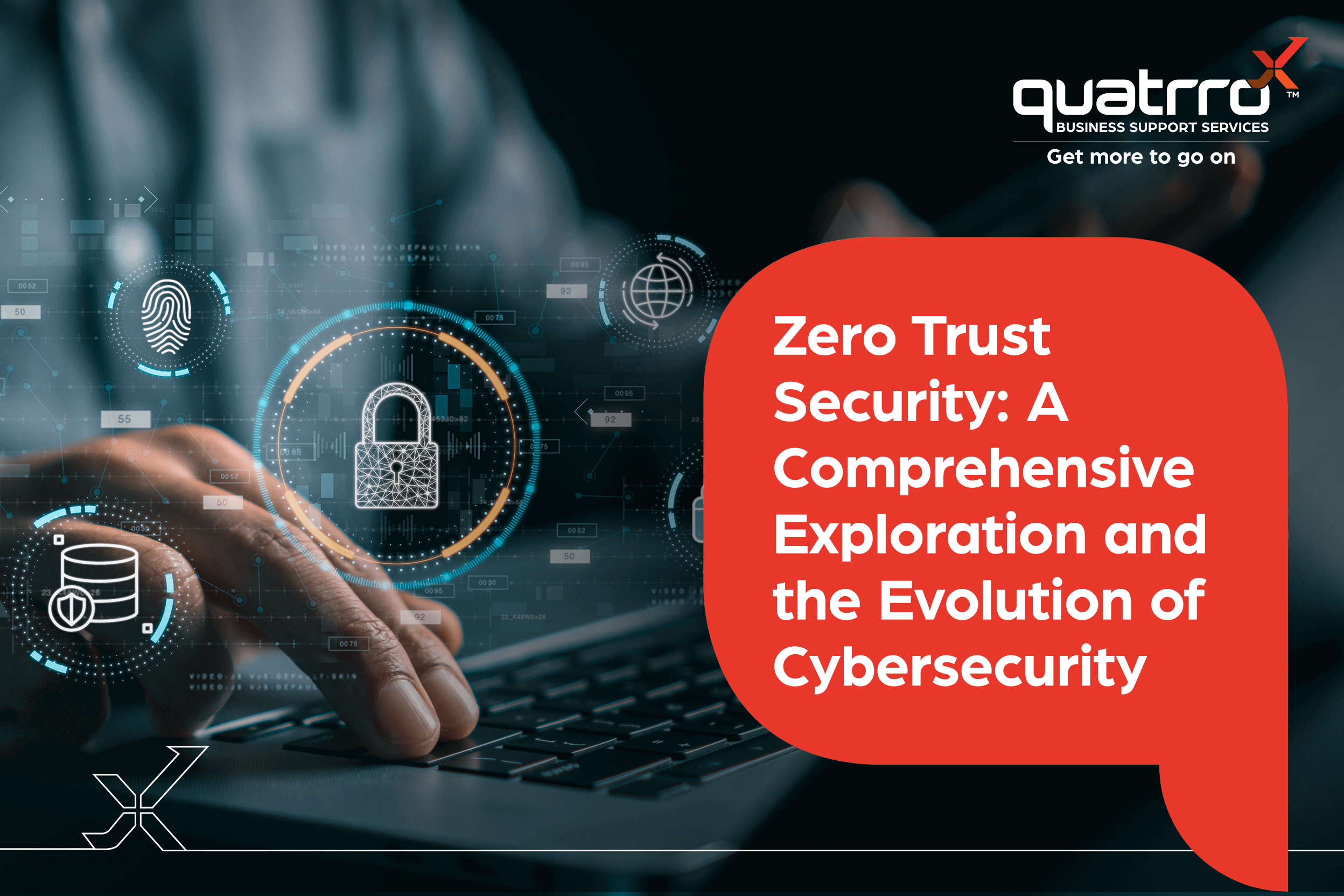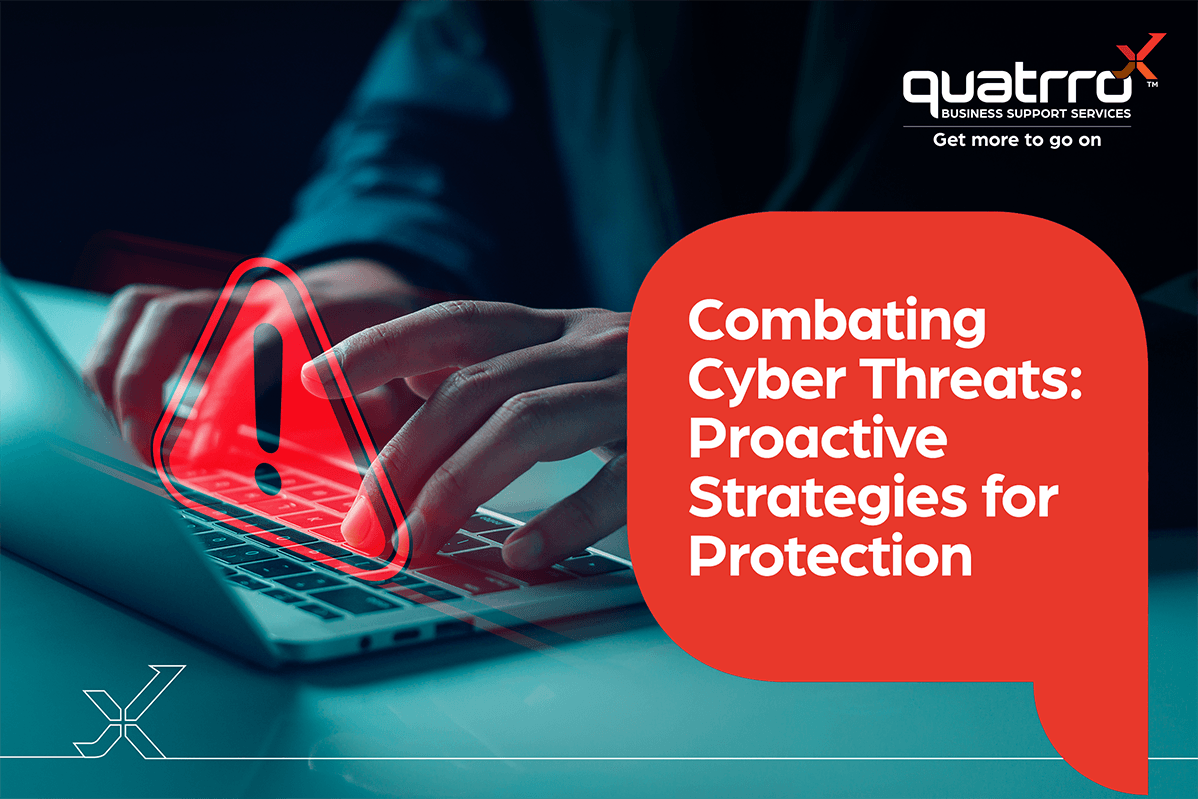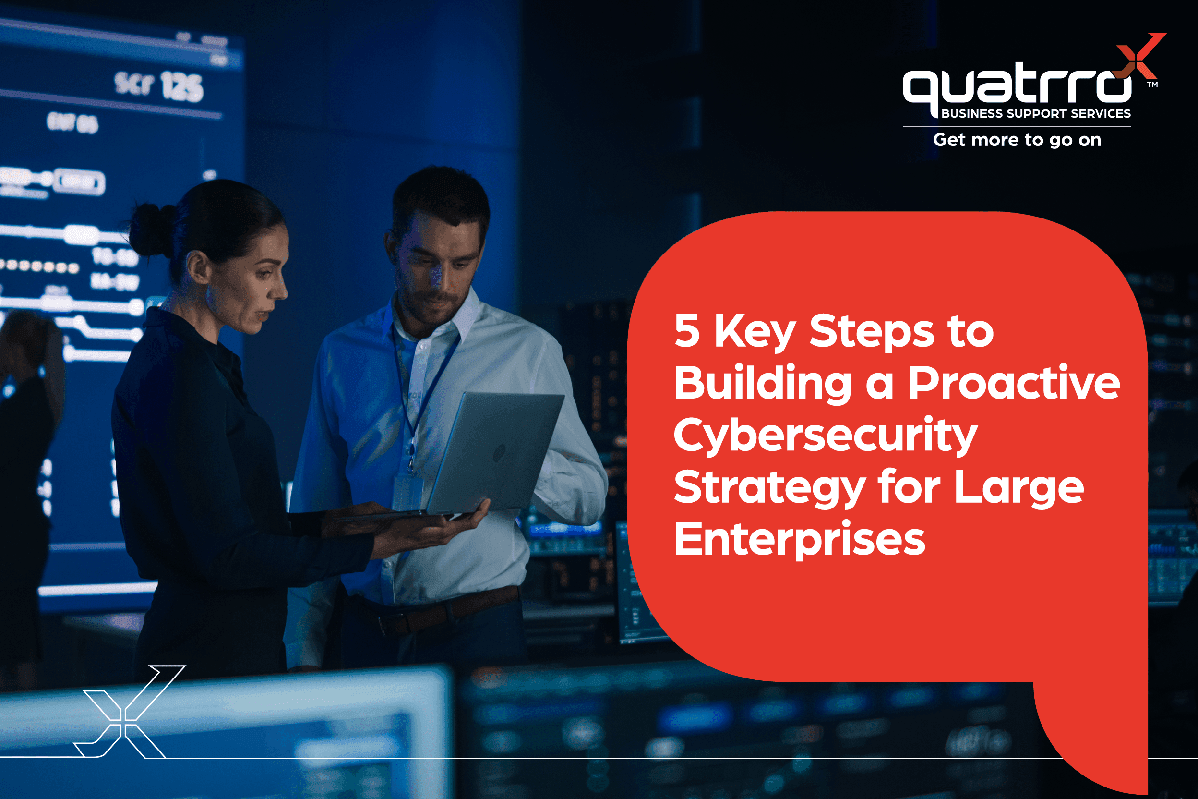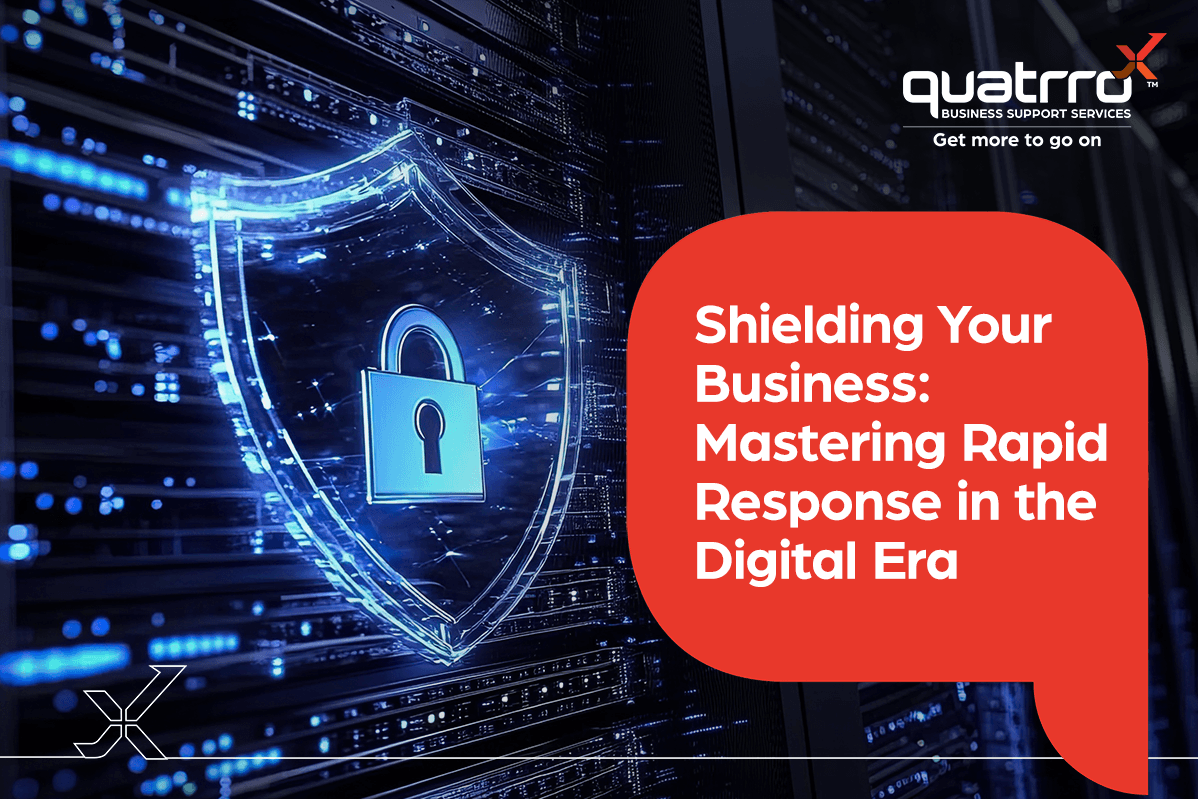Blog Details
Zero Trust Security: A Comprehensive Exploration and the Evolution of Cybersecurity
September 18, 2023

The Changing Landscape of Cybersecurity
The digital world has always been a battleground, with threats evolving as quickly as the defenses against them. From the early days of simple firewalls to today's sophisticated Zero Trust models, the journey of cybersecurity has been marked by continuous learning and adaptation. This article seeks to trace this journey, highlighting the key shifts and their implications for modern-day organizations.
Historical Transitions in Cybersecurity
Vulnerability Focus:
In the early stages of digital security, the primary focus was on identifying weak points or vulnerabilities in systems. Organizations would regularly conduct vulnerability assessments, patching up any weak points to ensure that their digital infrastructures were robust against known threats.
Compliance Focus:
As the digital landscape grew, so did regulations. Organizations now had to ensure that their systems were not only secure, but also complied with various regulatory standards. This era saw the rise of compliance teams and audits, ensuring that organizations met the required standards.
Risk-Based Focus:
With the increasing sophistication of threats, organizations realized that they couldn't possibly guard against every potential vulnerability. Instead, they began to focus on the most likely threats – assessing the risk associated with different vulnerabilities and prioritizing their defenses accordingly.
Understanding the Core of Zero Trust Security
Before diving into the challenges and applications of Zero Trust, it's crucial to understand its foundational philosophy. At its core, Zero Trust operates on a simple principle: "Never trust, always verify". Unlike traditional security models that inherently trust anything within the organization's network, Zero Trust assumes that threats can come from both outside and inside the network.
Key Principles of Zero Trust:
 |
Least Privilege AccessOnly grant users and devices the access they absolutely need. This minimizes the potential damage from a breach. |
 |
Micro-segmentationDivide the network into smaller, isolated segments to enhance security by preventing the lateral movement of threats. |
 |
Identity and Access ManagementEnsure that only the right people and devices can access your resources. This involves robust identity verification processes and continuous monitoring. |
 |
Data-Centric SecurityInstead of focusing solely on perimeter defense, Zero Trust emphasizes protecting the data itself, wherever it resides. |
The Paradigm Shift: Telemetry Data and Zero Trust
Role of Telemetry Data:
Telemetry data, which provides real-time feedback on system performance and security, has become invaluable. It allows organizations to monitor their systems in real-time, identifying and responding to threats as they emerge. This proactive approach is a significant shift from the reactive models of the past.
Partnerships in Progress:
No organization is an island, especially in the digital age. Collaborations between industry leaders, such as Azure, AWS, NetSkope and Z-Scaler, have proven invaluable. By pooling resources and expertise, these partnerships offer enhanced security solutions that individual organizations would struggle to achieve on their own.
Zero Trust: Beyond a Trendy Buzzword:
The Zero Trust model, which advocates for verifying every user and device trying to access a system, regardless of whether they are inside or outside the organization's network, is rapidly gaining traction. It represents a fundamental shift from the traditional perimeter- based security models, recognizing that threats can come from anywhere and anyone.
The Importance of Authentication in Zero Trust
In the Zero Trust model, authentication is paramount. Every access request is treated as if it originates from an untrusted network, regardless of where it actually comes from. This means that every user and device must be authenticated and authorized before they can access any resources.
Real-World Application of Zero Trust
The Zero Trust model is not just a theoretical concept; it's being actively implemented across various sectors, from finance to healthcare. Here's how it plays out in real-world scenarios:
 |
Remote Work:The COVID-19 pandemic accelerated the shift to remote work, exposing the vulnerabilities of traditional security models. With employees accessing company data from various locations and devices, the perimeter-based security model became obsolete. Zero Trust stepped in as the savior, ensuring that every access request was authenticated, irrespective of its origin. For instance, a financial consultant accessing client data from a public Wi-Fi at an airport would undergo the same rigorous authentication process as if they were sitting in the office. |
 |
Third-party AccessIn today’s world, companies often collaborate with third-party vendors, partners, or contractors. Zero Trust ensures that these external entities have limited, controlled access, reducing the risk of potential breaches. With Zero Trust, they can ensure that a supplier in South Africa or South Carolina has access only to the specific data they need, and nothing more. This granularity in access control significantly reduces the risk of data breaches. |
 |
Mergers and AcquisitionsWhen companies merge or acquire another entity, integrating different IT systems can be a challenge. Zero Trust can streamline this process, ensuring that users from the newly integrated company are granted appropriate access rights without compromising security. |
By understanding these principles, organizations can better appreciate the paradigm shift that Zero Trust represents and why it's considered the future of cybersecurity.
Implications for Context-Aware Security Systems
The digital landscape is not static; it's dynamic and ever-evolving. This dynamism calls for security systems that can adapt in real-time.
Dynamic Security Architectures:
Imagine a scenario where an organization's server faces an unprecedented spike in access requests. A static security system might crash or slow down, but a context-aware system would assess the situation, identify potential threats, and adapt its defenses accordingly.
Identity, Credential, and Access Management (ICAM) in Action:
An ICAM system includes systems and processes that ensure the right individuals can access the right resources at the right time. Let's take the example of a global corporation with employees in different time zones. An employee in New York accessing the system at 3 AM might be routine, but the same access time for an employee in London could be flagged as suspicious. This is ICAM in action, where the context (time zone) plays a crucial role in access decisions.
Collaborative Threat Intelligence:
In today's interconnected world, collaboration is key. Organizations are no longer isolated entities; they're part of a global digital ecosystem. By sharing threat intelligence, they can collectively fortify their defenses. For instance, if Company A identifies a new malware strain, sharing this information with Company B can help the latter bolster its defenses against this malware as well.

Recommendations for Implementing Zero Trust
Implementing Zero Trust is not a straightforward task; it requires a strategic approach, and must include the following:
Understand Your Digital Landscape:
Before diving into Zero Trust, map out your IT infrastructure. Start with a thorough audit of your IT infrastructure. Identify where critical data resides, understand data flow, and pinpoint potential vulnerabilities. Use tools like network mappers and vulnerability scanners to get a holistic view of your digital assets.
Prioritize Multi-Factor Authentication (MFA):
MFA is not just about security; it's also about user experience. Opt for MFA solutions that offer a balance between security and usability. For instance, biometric authentication provides robust security while ensuring a seamless user experience.
Continuous Training and Awareness:
Zero Trust is as much about technology as it is about people. Organize regular training sessions, workshops, and webinars to help employees become more aware. Use real-world breach incidents as case studies to highlight the importance of Zero Trust. For instance, the SolarWinds hack (a major cybersecurity breach in 2020 affecting multiple US government agencies and private companies) can be used as a case study to showcase the vulnerabilities of perimeter-based security models.
What Not to Expect from a Zero Trust System
While Zero Trust security is certainly the direction of today’s best cyber defense, you should also be keenly aware of what it is not:
 |
A One-Time SolutionZero Trust is not a set-it-and-forget-it solution. It requires continuous monitoring, adaptation, and evolution in response to the changing threat landscape. Regularly update your Zero Trust policies, incorporate new threat intelligence, and adapt to the changing digital landscape. |
 |
Complete Immunity from ThreatsWhile Zero Trust significantly enhances security, no system can offer 100% protection. There will always be new, unforeseen threats. The strength of Zero Trust lies in its ability to minimize these threats and mitigate their impact. The goal is to reduce the attack surface, detect threats early, and respond swiftly. |
 |
Instant ImplementationTransitioning to a Zero Trust model is a journey, not a destination. It requires careful planning, investment in the right tools and technologies, and a cultural shift within the organization. |
 |
Guarantee of No BreachesEven with Zero Trust, there's always a risk of breaches. The focus should be on minimizing this risk and ensuring swift incident response. |
 |
Not a Replacement for Other Security PracticesZero Trust should complement, not replace, other security practices like regular patching, vulnerability assessments, and user training. |
Challenges of Implementing Zero Trust Security
While Zero Trust security offers a promising approach to modern cybersecurity, implementing it is not without its challenges. As organizations consider adopting this model, it's essential to be aware of potential hurdles they will need to overcome:
Complex Customization:
Zero Trust isn't a plug-and-play solution. Each organization has unique needs, and the framework must be tailored accordingly to ensure optimal security without hindering operations./p>
User Experience:
The rigorous "never trust, always verify" principle might raise concerns about hampering employee efficiency. However, with the right tools and processes, Zero Trust can be seamless for end-users.
Multi-layered Authentication:
Especially for remote teams, Zero Trust might mean multiple authentication steps. For instance, accessing company resources might involve verifying the device, the connection, and the user's identity. Helping users understand the reason for the multi-step process will go a long way in improving adoption.
Redefining the Perimeter:
Traditional models rely heavily on perimeter defenses. In contrast, Zero Trust operates on the belief that threats can exist both outside and inside the organization, necessitating vigilant internal monitoring.
Continuous Verification:
The model demands ongoing re-authentication. While solutions like Single Sign-On can simplify this, systems must be designed to frequently re-check permissions.
Gaining Leadership Buy-in:
Without a standardized certification for Zero Trust, convincing organizational leaders of its merits can be a challenge. And without buy-in from top leaders at an organization, implementation and protection benefits may never be fully realized.
Technical Challenges:
Setting up the infrastructure for Zero Trust, like Policy Decision and Enforcement Points, can be intricate and demands a deep understanding of the organization's IT landscape.
Risk Management:
Zero Trust doesn't promise a zero-risk environment. It's about determining an acceptable risk level for the organization that balances security with business functionality.
Choosing the Right Tools:
The market is flooded with Zero Trust solutions and guidelines. Deciphering which ones align with an organization's specific needs can be daunting. Partnering with a company that hasexpertise in this area can help ensure the planning and implementation go smoother.
Conclusion
In the ever-evolving realm of cybersecurity, the Zero Trust model stands out as a beacon of proactive defense, emphasizing the principle of "never trust, always verify". As digital landscapes become more intricate and interconnected, the traditional boundaries that once defined security perimeters are dissolving. Zero Trust acknowledges this shift, advocating for continuous verification and a holistic approach that encompasses both internal and external threats. While its implementation may pose challenges, the benefits it offers, in terms of robust security and adaptability, are undeniable. As we navigate the complexities of the digital age, embracing Zero Trust is not just a strategic move—it's a necessary evolution to safeguard our digital futures.








